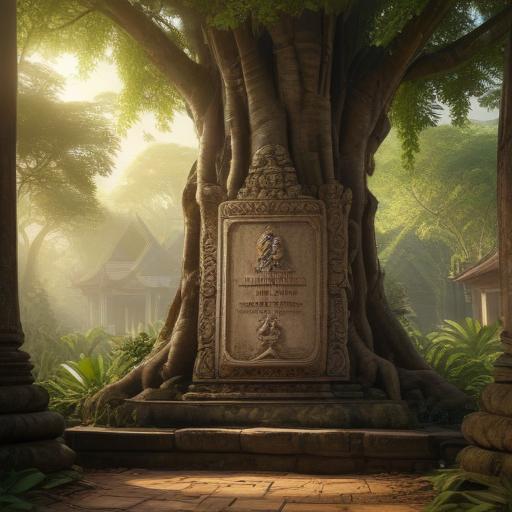In Paris this month, a committee met to recognize and expand the list of UNESCO World Heritage sites, an initiative that has been ongoing since 1978. This year, 26 new sites were added, highlighting the diverse scope of UNESCO’s criteria for heritage designation.
Among those recognized are two significant sites in Cambodia, which served as prisons during the Khmer Rouge regime in the 1970s. These locations are notorious for being places of mass torture and executions, widely known for their portrayal in the acclaimed 1984 film “The Killing Fields.” Following their designation as a memorial, UNESCO emphasized that these buildings have transitioned from instruments of oppression to sanctuaries for peace and reflection.
In response to this honor, Hab Touch, Cambodia’s Interim Minister of Culture, expressed the significance of this designation during a ceremony in Phnom Penh earlier this week. He emphasized that this acknowledgment represents a prestigious honor for the Cambodian people and the nation on an international scale, stating, “This is a model for the world.”
The designation serves not only to commemorate the painful history of the Khmer Rouge but also to promote healing and reflection. It highlights Cambodia’s resilience and commitment to transforming a legacy of suffering into one of remembrance and peace. This move is significant, as it not only honors the past but also reinforces the importance of preserving history for future generations, ensuring that such atrocities never occur again.
